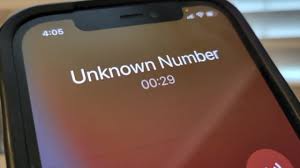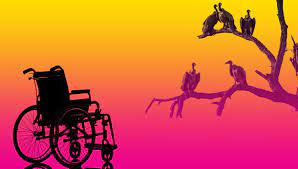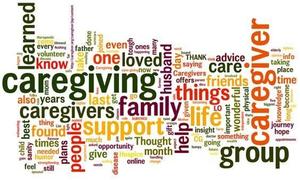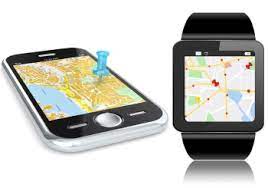Older adults can save tens of thousands of dollars annually by choosing assisted living communities over aging in place in their homes.
Unlike point solutions, Inspiren unifies resident safety, care planning, staffing, and emergency response into a single AI-powered platform.
An artificial intelligence-powered virtual assistant platform for senior living and care providers.
Betting that AI could lighten the clinician load.

 AI hype, fear and loathing are on the agenda. Today marks the 10th month since the near hysteria surrounding the
AI hype, fear and loathing are on the agenda. Today marks the 10th month since the near hysteria surrounding the  August, so warm, so replete with nursing home doomsayers and endless scam calls. You may be one of the dwindling population (
August, so warm, so replete with nursing home doomsayers and endless scam calls. You may be one of the dwindling population ( The halfway point -- research about Future of Care Work. Each interviewee was asked for thoughts in the context of the categories suggested by ChatGPT and any other categories that will improve the work processes for those in the care-related industries – home care, home healthcare, senior living care (including nursing homes), and hospital discharge processes to any of those. Few conversations focused on ChatGPT – instead it became apparent that innovation, including AI, is underway to optimize care work, focus on the workforce, and help keep care recipients at home:
The halfway point -- research about Future of Care Work. Each interviewee was asked for thoughts in the context of the categories suggested by ChatGPT and any other categories that will improve the work processes for those in the care-related industries – home care, home healthcare, senior living care (including nursing homes), and hospital discharge processes to any of those. Few conversations focused on ChatGPT – instead it became apparent that innovation, including AI, is underway to optimize care work, focus on the workforce, and help keep care recipients at home: You may know someone of Medicare age with a phone? Since age data is widely available, and even
You may know someone of Medicare age with a phone? Since age data is widely available, and even  It's news -- 600 nursing homes closed so what’s the strategy to fix? Rant on. You may have read a
It's news -- 600 nursing homes closed so what’s the strategy to fix? Rant on. You may have read a  You may not have noticed much about the death of landlines.
You may not have noticed much about the death of landlines.  Taking stock of the tech market for older adults – what’s happened? Past the halfway mark in 2023, it’s increasingly clear that the older adult tech market has been disrupted by changes in demand. Its increasingly transformed by new technologies emerging from new funding sources, tech disruption, and entrepreneurial initiatives. Some might say that tech adoption is still slow in some sectors, but it is not for lack of widespread funding sources and innovator motivation. What is the context for technology change in 2023?
Taking stock of the tech market for older adults – what’s happened? Past the halfway mark in 2023, it’s increasingly clear that the older adult tech market has been disrupted by changes in demand. Its increasingly transformed by new technologies emerging from new funding sources, tech disruption, and entrepreneurial initiatives. Some might say that tech adoption is still slow in some sectors, but it is not for lack of widespread funding sources and innovator motivation. What is the context for technology change in 2023? And in other news, CMS really wants older adults with dementia to remain in their homes. The government agency seems to have given up on improving the quality or affordability of dementia care in senior living or nursing homes. The new
And in other news, CMS really wants older adults with dementia to remain in their homes. The government agency seems to have given up on improving the quality or affordability of dementia care in senior living or nursing homes. The new  New progress for dementia care.
New progress for dementia care.